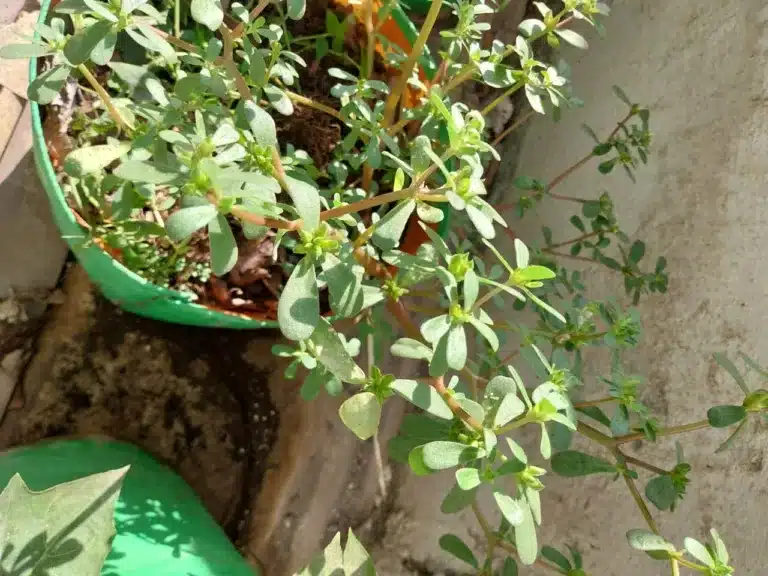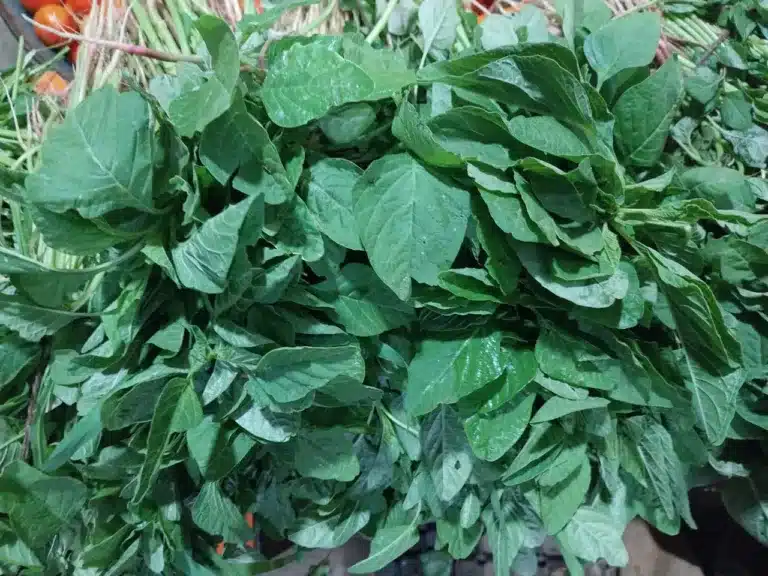Native Green Leaves - Unlocking the Green Treasures: The Nutritional and Cultural Marvels of Green Leaves




Why Go Green ?
Nutrients
Native Green leafy vegetables pack a powerful punch when it comes to nutrition. These vibrant and verdant greens are loaded with vitamins, minerals, and antioxidants that are vital for our overall health and well-being. They are an excellent source of Vitamin A, C, and K, as well as folate and iron, which are essential for maintaining healthy blood and brain function.
Promotes Digestive Health
Including Native green leaves vegetables in your diet can do wonders for your digestive system. Packed with fiber, these greens can aid in digestion, promote regular bowel movements, and alleviate constipation. Moreover, their high water content helps keep you hydrated, ensuring optimal digestive function.
Table of Contents
Boosts Immunity
Did you know that native green leafy vegetables can also give your immune system a much-needed boost? These nutritional powerhouses are brimming with antioxidants, which help protect your body from harmful free radicals and strengthen your immune defenses. By regularly incorporating native green leaves and vegetables into your diet, you can arm your body with the tools it needs to fight off common illnesses and infections.
Discovering the Beauty of Native Green Leaves
Discovering the Beauty of These Green Leaves
In the heart of rural villages, along the edges of fields and roadsides, and even within the depths of jungles, a treasure trove of native green leaves thrives. These often-overlooked, humble plants are a vital part of local ecosystems and, in many cases, an integral element of traditional diets and herbal remedies.
Diversity of Shapes and Flavors: Natve green leaves come in a multitude of shapes, sizes, and flavors. Some are tender and mild, while others offer a bold, slightly bitter taste. They can be round, lance-shaped, serrated, or delicate fronds that sway in the breeze. What they share in common is their close connection to the land and the people who call these places home.
Cultural Significance: These native leaves hold cultural significance in many communities. They are often foraged and integrated into traditional recipes, adding unique flavors and nutritional value to local dishes. They are the embodiment of a sustainable and seasonal approach to food, relying on what nature provides.
Nutritional Powerhouses: Beyond their taste and cultural importance, jungle native leaves are often nutritional powerhouses. Rich in vitamins, minerals, and antioxidants, they contribute to the health and well-being of those who include them in their diets.
Harvesting with Care: Harvesting these leaves is an art passed down through generations. Communities have learned to do so with care, ensuring that the plants continue to thrive and that future generations can also benefit from their bounty.
A Call to Explore: So, the next time you wander through a village, along a jungle path, or drive down a rural road, keep an eye out for these native green leaves. Take a moment to appreciate their beauty, taste their flavors, and consider the deep connection they hold with the land and the people who nurture them.
Exploring and understanding these native green leaves is an invitation to delve into the rich tapestry of local biodiversity and culture, offering a glimpse into the heart and soul of the places they call home. As, I am still exploring and got a few with help of a villager and then researching with Google, Wikipedia and other sources hope to complete the second part.
Keerai or Sag in Bharat
Keerai/Sag
India is a land blessed with an abundance of leafy green vegetables, known by various names such as “Saag,” “Keerai,” or their regional equivalents in different languages. This rich diversity reflects the cultural tapestry of India. These leafy greens are an integral part of Indian cuisine, deeply rooted in the country’s heritage.
The southern tip of India, in particular, stands out as a treasure trove of these vibrant greens. Some are widely recognized, while others remain relatively obscure, known to only a few. These greens are more than just a source of nutrition; they represent the essence of Ayurveda, the ancient Indian system of holistic healing.
One classic example of this green culinary tradition is “Saag,” a beloved dish originating from the state of Punjab. This recipe has ancient roots, tracing back over 2500 years, and it has been mentioned in holy Indian scriptures like Ayurveda. Saag is traditionally prepared during the winter months when leafy greens such as spinach, fenugreek leaves, and mustard greens flourish in abundance. These greens not only lend a burst of flavors and colors to the plate but are also rich in essential nutrients.
In the southern regions of India, these leafy greens are even more abundant. Their presence can be traced back over 6000 years, showcasing the enduring love for “keerai” (leafy greens) in South India. This lush land has, for millennia, provided a continuous supply of these greens, making them an integral part of the regional cuisine and culture.
The reverence for leafy greens in India goes beyond their culinary importance. They symbolize the connection between food, health, and tradition, embodying the essence of a nation where age-old wisdom meets vibrant flavors. These greens are not just sustenance; they are a testament to the time-honored practices of a land where the earth’s bounty is celebrated and cherished, one leafy green at a time.
